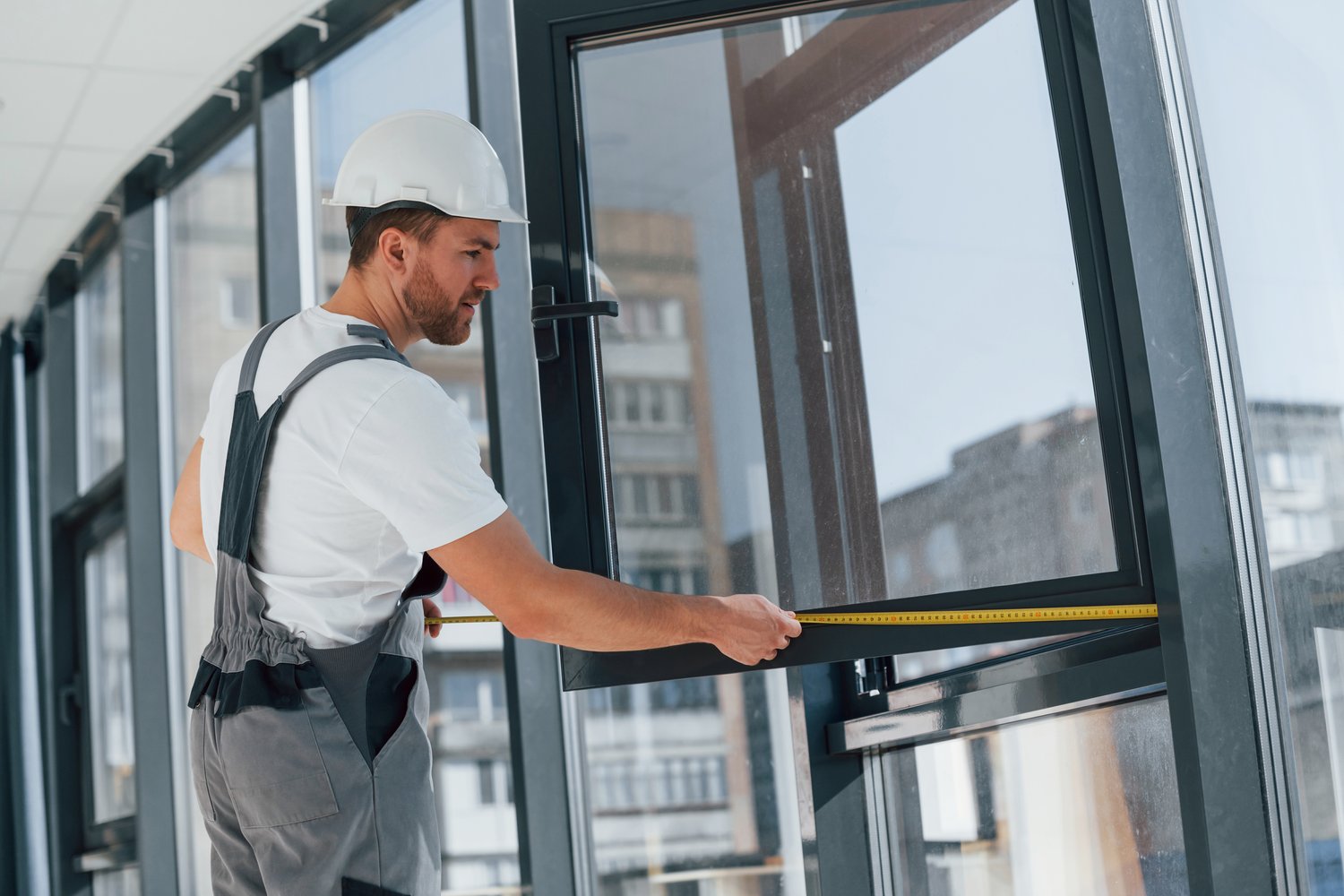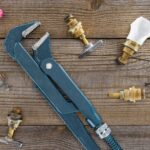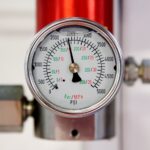Imagine a winter where the warmth of your home stays inside, your heating bills drop, and you have taken a step towards sustainability—all through the simple act of installing energy-efficient windows with proper sealing. This guide dives into the strategies and benefits of energy-efficient window installations that can transform your home into a fortress of comfort and efficiency.
- Energy-Efficient Window Installation: Discover how these windows retain heat and enhance overall home comfort, reducing the dependency on heating systems.
- Selecting the Right Windows: Gain insights on choosing optimal windows based on insulation effectiveness, material, and design.
- Proper Sealing Techniques: Learn about essential methods like caulking and weather-stripping to prevent air leaks and maximize thermal performance.
By absorbing the valuable techniques and options discussed here, you’ll empower yourself to significantly cut down your heating expenses while increasing the overall comfort and sustainability of your home. Embark on this journey of energy-saving innovations to make a real difference.
Energy-Efficient Window Installation: Save 25% on Heating Bills and Boost Home Comfort
Investing in energy-efficient window installation can drastically improve your home’s thermal regulation. These windows are designed to reduce heat loss, ensuring your living spaces remain warm during colder months. Enhanced insulation properties not only cut down your reliance on heating systems but also contribute to substantial savings on energy bills.
Properly installed energy-efficient windows act as a barrier against external temperature fluctuations, maintaining consistent indoor temperatures. This not only boosts comfort but also prolongs the lifespan of your heating systems by reducing the frequency and intensity of their use. Moreover, by minimizing air infiltration, you enhance the overall performance of your home’s insulation, providing a cozier environment for your family.
Adopting energy-efficient windows is an environmentally conscious choice, as it decreases your household’s carbon footprint. By relying less on artificial heating, you reduce emissions that contribute to climate change. Home comfort and sustainability go hand in hand with these advanced window solutions.
Selecting the Right Energy-Efficient Windows
Choosing the right energy-efficient windows involves careful consideration of various factors to ensure optimal insulation. It’s essential to evaluate the material of the window frames. Options such as vinyl, fiberglass, and wood offer different levels of insulation and energy performance.
The design of the windows plays a crucial role in energy efficiency. Double or triple-glazed windows with gas fills can significantly enhance thermal resistance. Look for windows with low-emissivity (Low-E) coatings, as they are specifically designed to reduce infrared and ultraviolet light without losing visibility.
Energy ratings are vital indicators of a window’s performance. Familiarize yourself with labels from organizations like Energy Star or the National Fenestration Rating Council (NFRC) to compare energy efficiency standards.
Taking these factors into account when selecting energy-efficient windows will not only ensure superior insulation but also align with sustainable living practices. Transform your home into an energy-saving haven while enjoying both comfort and reduced energy expenses.
Proper Sealing Techniques for Maximum Energy Savings
Ensuring that your windows are properly sealed is essential for maximizing energy efficiency in your home. Effective sealing reduces drafts, which can significantly decrease heating costs and enhance thermal performance. When considering energy-efficient window installation, implementing the right sealing techniques is crucial to achieving substantial energy savings.
One of the most effective methods of sealing windows is caulking. Caulk is a flexible material used to seal gaps and cracks around window frames and other potential points of air leakage. For the best results, select a high-quality silicone or acrylic latex caulk, which provides excellent adhesion and durability. Apply the caulk evenly along the edges of the window frame and smooth it out with a caulk finishing tool or a damp finger to ensure a tight seal.
In addition to caulking, weather-stripping is another essential sealing technique. Weather strips are used to seal movable components of windows, such as sashes and joints. They come in various materials, including foam, felt, and rubber, each offering unique benefits. Foam weather strips are particularly popular because they provide excellent insulation and are easy to install. To apply weather stripping, measure the area to be sealed, cut the strip to fit, and attach it securely.
By utilizing these sealing methods, you can effectively prevent air leaks and improve the insulation of your windows. This not only reduces energy consumption but also enhances the comfort of your home by maintaining a consistent indoor temperature. Consider assessing your windows for any areas where air might be escaping and apply these techniques to enjoy a more energy-efficient and comfortable home environment.
Common Questions about Energy-Efficient Window Installation
How much can energy-efficient windows reduce my heating bills?
Installing energy-efficient windows can save you up to 25% on heating bills by minimizing heat loss.
What factors should I consider when selecting energy-efficient windows?
Look for high energy ratings, materials like vinyl or fiberglass, and designs that enhance insulation.
How can I ensure my windows are properly sealed?
Use caulking to fill gaps and apply weather-stripping on movable parts to prevent air leaks.
Are there specific certifications for energy-efficient windows?
Yes, check for certifications like Energy Star to ensure optimal energy performance.
Can I install energy-efficient windows myself?
While possible as a DIY project, professional installation ensures maximum efficiency and sealing.





